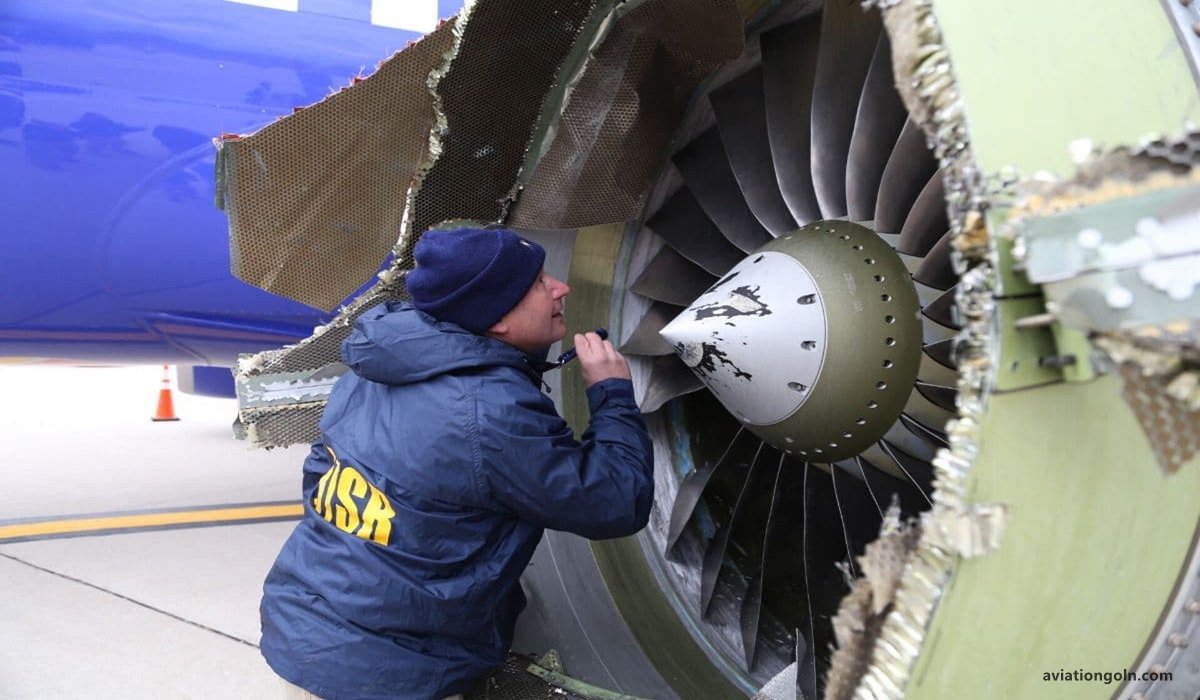Fleet Planning and Procurement: When it comes to the airline industry, perhaps nothing holds more significance than effective fleet planning and procurement. The decisions regarding what aircraft to acquire, when to acquire them, and how many to acquire have profound implications on an airline’s operations, financial health, environmental footprint, and overall strategy. Given its importance, it’s critical to understand the factors at play and the considerations to be made.
Fleet Planning and Procurement: Airline Fleet Management

Introduction: What is Fleet Planning?
At its core, fleet planning is about determining the right number and type of aircraft for an airline at the right time. It’s a dynamic process that requires the assessment of numerous variables including market demands, economic factors, technology evolution, competition, and more.

Factors Influencing Fleet Planning
a) Market Demand: Understanding market demand is fundamental. This entails comprehending current passenger and cargo demand, and projecting future demand based on economic trends, population growth, and other socio-economic factors.
b) Economic Conditions: Macroeconomic conditions such as fuel prices, interest rates, and currency exchange rates can influence the decision to purchase or lease aircraft.
c) Technological Evolution: New aircraft models with improved fuel efficiency, increased range, or higher capacity might offer cost savings or open up new route possibilities.
d) Environmental Considerations: With growing concerns over climate change, airlines may opt for aircraft models that are more fuel-efficient or invest in alternative fuel options.
e) Competitive Landscape: If a competitor introduces a new route or a more efficient aircraft, airlines might re-evaluate their own fleet decisions.
f) Regulatory Environment: Changes in aviation regulations, including noise and emissions standards, can influence fleet composition.

Fleet Procurement Strategies
Once the need for a new aircraft or fleet is identified, airlines must decide how to procure them. Broadly, they have two options:
a) Purchasing: Airlines can directly buy aircraft from manufacturers. This demands a significant capital investment but offers long-term control over the asset.
b) Leasing: Leasing, either operating or finance lease, allows airlines to use aircraft without owning them. It requires less upfront capital and offers flexibility, especially if the airline’s needs are expected to change in the short to medium term.

4. Lifecycle Management
The process doesn’t end after procuring an aircraft. Fleet lifecycle management is crucial to ensure maximum operational efficiency and profitability.
a) Maintenance: Regular maintenance is necessary to ensure aircraft safety and performance. Maintenance schedules are influenced by aircraft age, usage, and regulatory requirements.
b) Retrofitting and Upgrades: As aircraft age or as technology evolves, airlines might retrofit cabins, upgrade in-flight entertainment systems, or improve fuel efficiency.
c) End-of-life Decisions: When an aircraft reaches the end of its operational life, airlines must decide whether to sell, scrap, or repurpose it.

Challenges in Fleet Planning and Procurement
a) Long Lead Times: Aircraft manufacturing and delivery can take years, requiring airlines to anticipate their needs well in advance.
b) Capital Intensity: Aircraft are expensive assets. Misjudgments in fleet decisions can have significant financial repercussions.
c) Forecasting Uncertainty: Market dynamics, geopolitical events, and even pandemics can disrupt the best-laid plans.
d) Environmental and Sustainability Concerns: Airlines face increasing pressure to reduce their environmental footprint, necessitating investments in greener aircraft or technologies.

Case Study: The Boeing 787 Dreamliner
The introduction of the Boeing 787 Dreamliner illustrates how new aircraft can influence fleet planning. With its advanced materials and engineering, the 787 offers improved fuel efficiency and range. Many airlines adopted it to replace older, less efficient models and to introduce long-haul routes that weren’t previously viable.

The Future of Fleet Management
a) Alternative Fuels and Propulsion: As the world moves towards sustainability, airlines are exploring electric or hybrid propulsion and biofuels.
b) Autonomous Aircraft: The future might see pilotless commercial aircraft, which could influence fleet decisions.
c) Data Analytics: Advanced analytics can provide insights into aircraft performance, passenger preferences, and more, aiding in more informed fleet decisions.

Effective fleet planning and procurement are at the heart of an airline’s operational and financial success. By understanding market dynamics, staying abreast of technological advancements, and maintaining a keen awareness of economic, environmental, and regulatory landscapes, airlines can make informed decisions that position them for long-term success.
This broad overview highlights the intricate nature of airline fleet management. It’s a continuous balancing act, marrying immediate needs with long-term strategies. As the aviation industry evolves, so too will the strategies and considerations around fleet management. Future innovations, both in aircraft technology and management practices, promise to shape the way airlines approach these crucial decisions.
See more:
